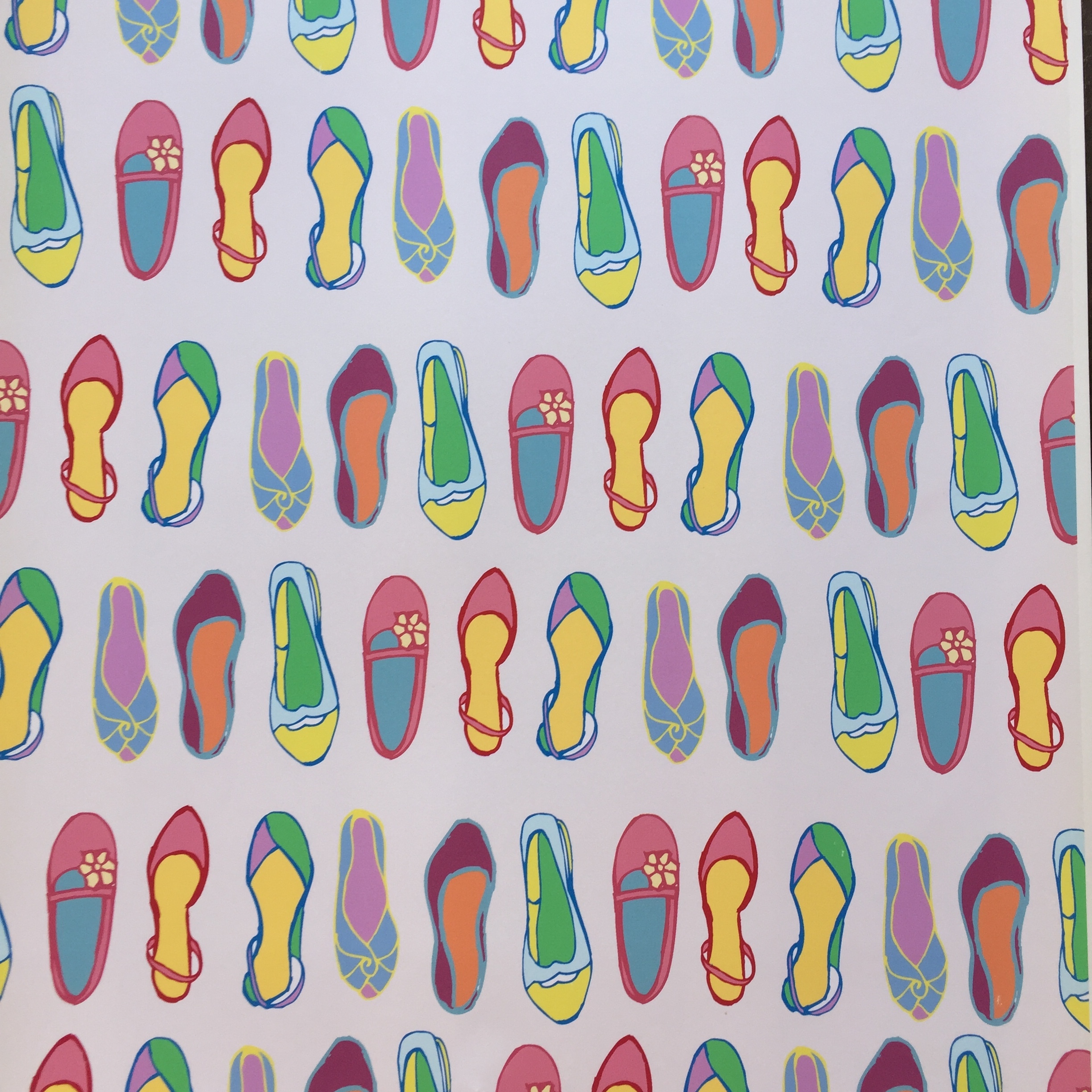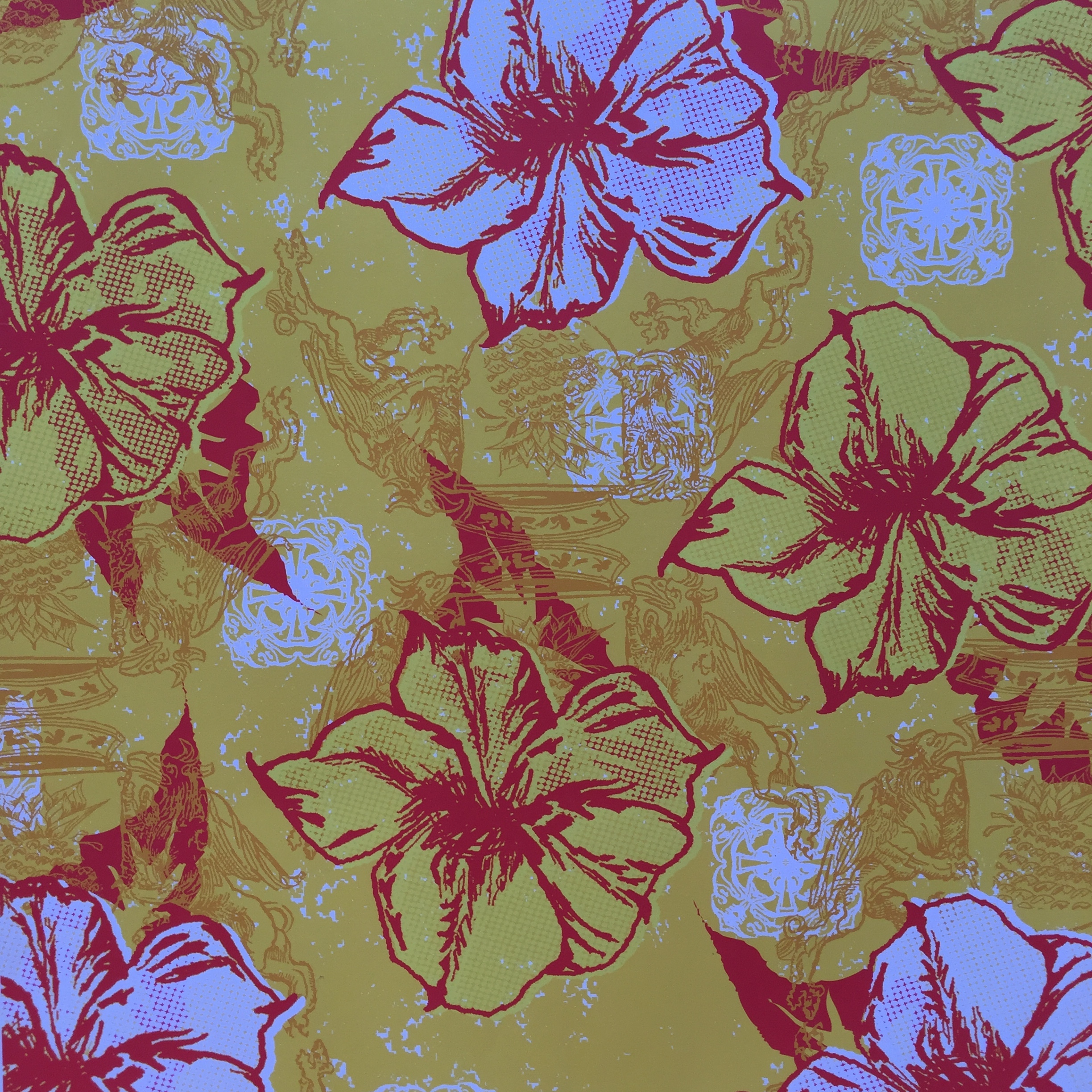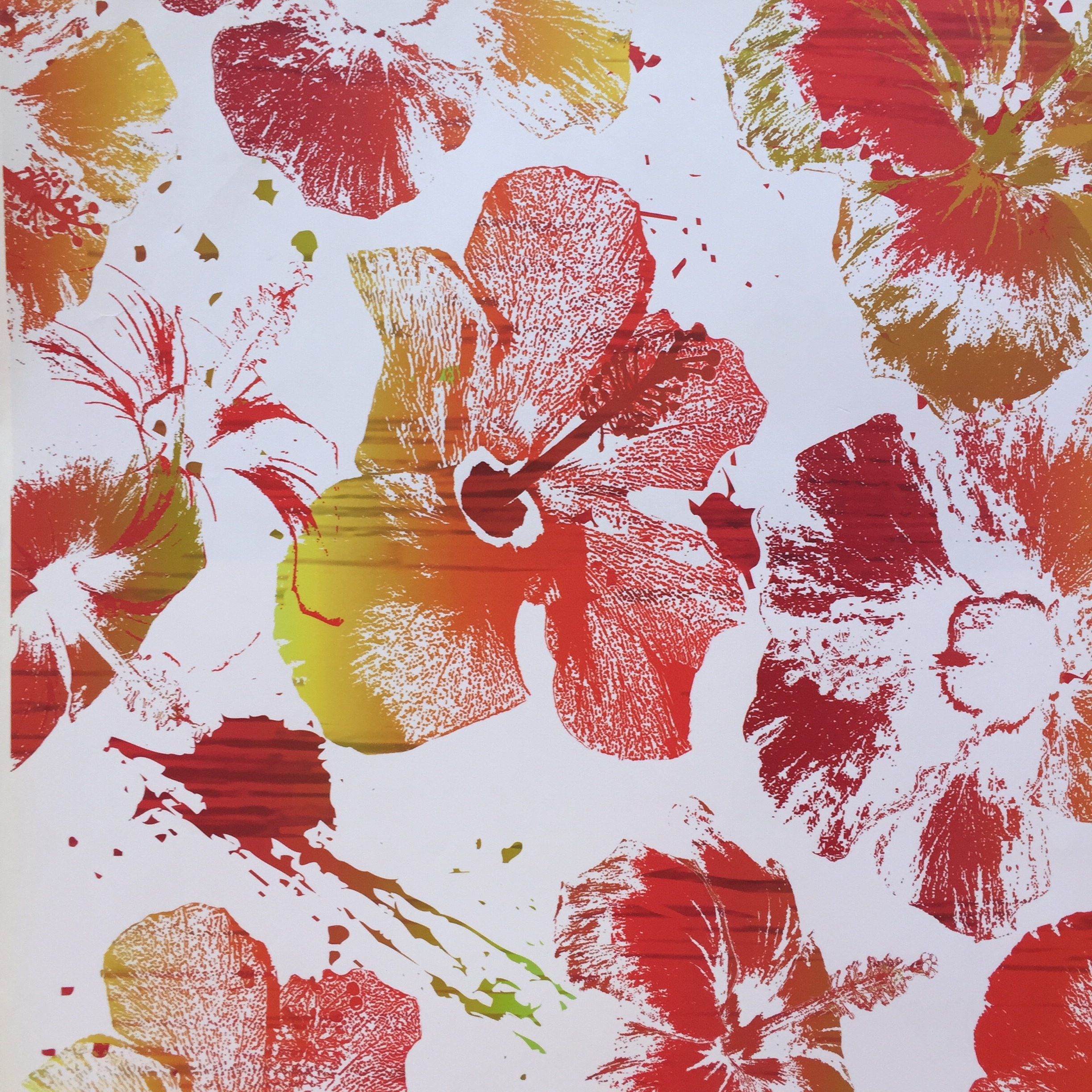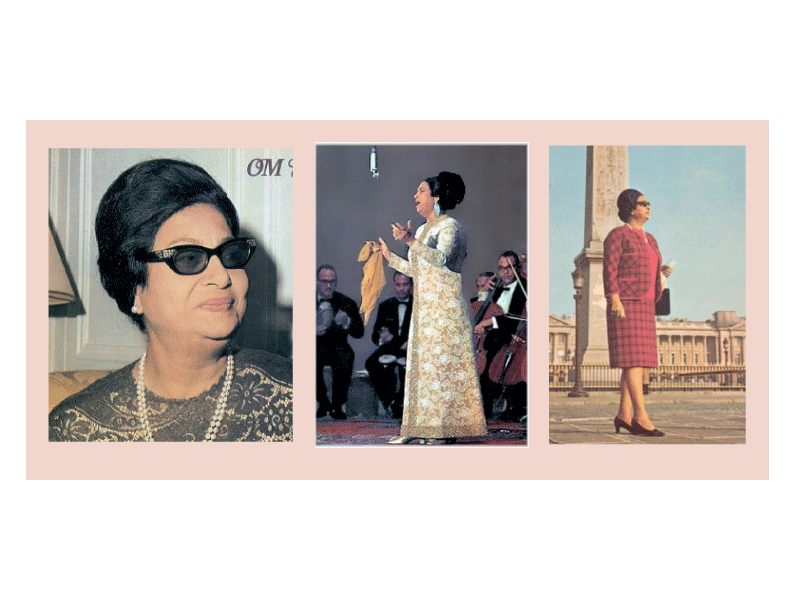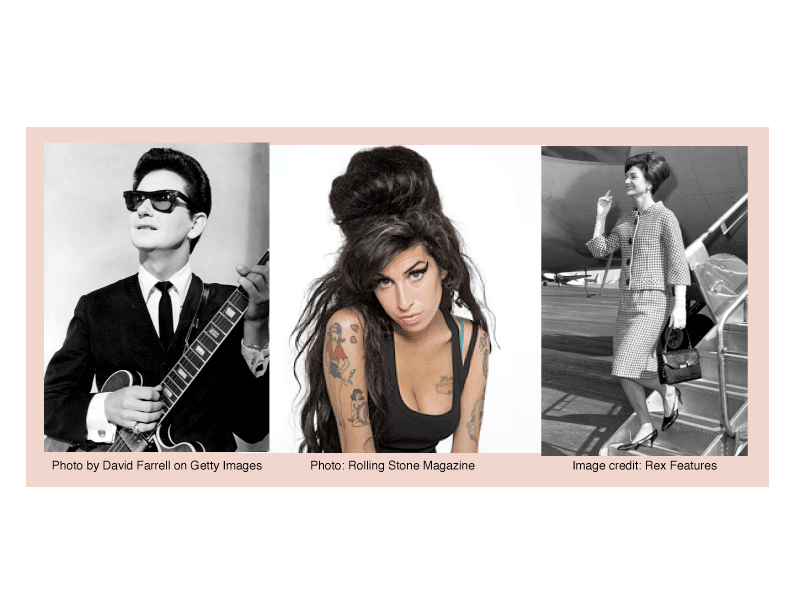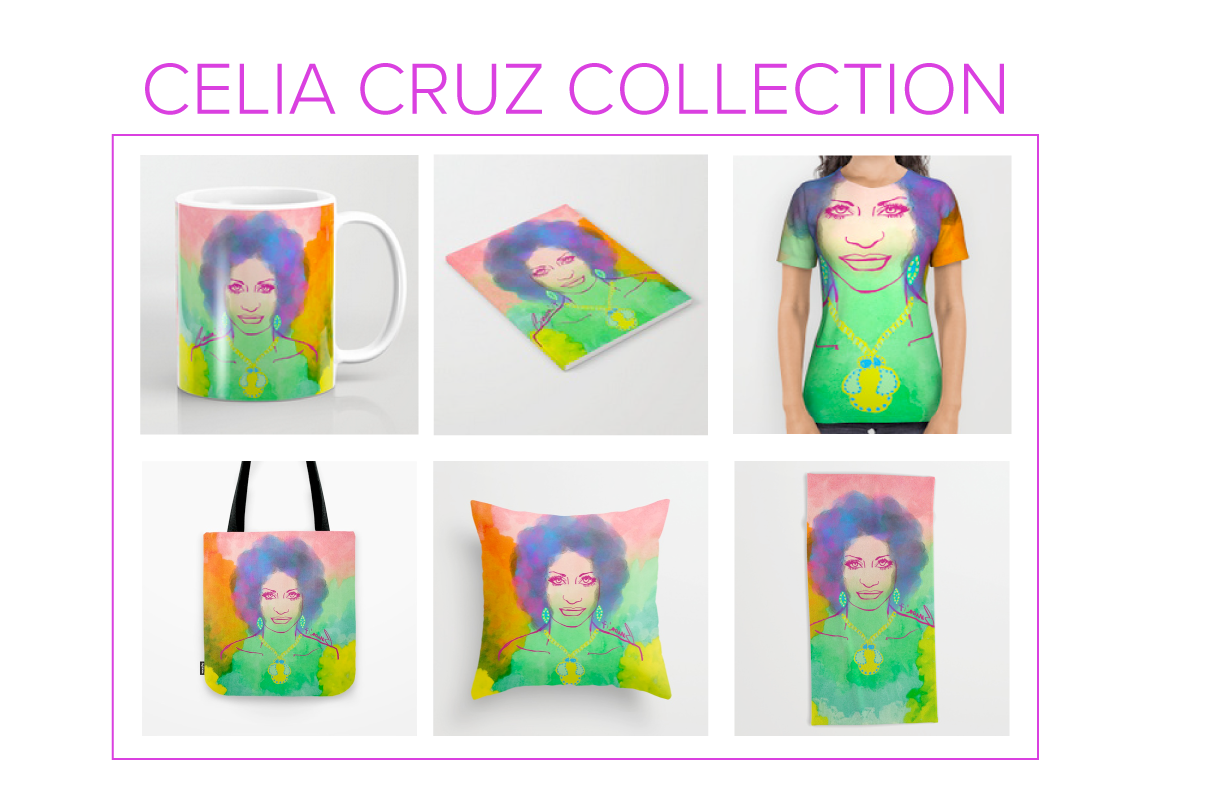PRINTS: SWIM
HERE ARE EXAMPLES OF MEN'S SWIM PRINTS MY TEAM AND I CREATED FOR VARIOUS CLIENTS AT FULL DECK COLLECTIVE IN BROOKLYN, NY. I SERVED AS CREATIVE DIRECTOR & FOUNDER. ALL ILLUSTRATIONS BY PARISA PARNIAN.
APPLICATIONS FOR PRINTS: SWIMWEAR & MEN'S WOVEN SHIRTS
OLD NAVY, SPEEDO, AEROPOSTALE, JCREW, NAUTICA, PRIVATE LABEL SWIM
OUM KALTHOUM: The Savage Siren
Recently, I took a survey amongst my social network to see which Middle Eastern women were considered style icons, social distruptors & muses to them. Over a hundred comments later on my feed and the muses kept rolling in. I was both humbled and blown away by the rich herstory of fiercely talented and beautiful women who have broken boundaries, healed the hearts of their nations, and brought decades of inspiration to those they have touched with their lives' work and missions. Please note: I'm using the term "Middle Eastern" somewhat loosely here to include North Africa, Turkey, Iran, Afghanistan, Iraq and all of the Arab-speaking nations.
One of the most iconic and celebrated of these women is Oum Kalthoum (also spelled Umm Kulthum). She was an internationally famous Egyptian singer, songwriter, and film actress active from the 1920s to the 1970s. She was given the name "The Voice of Egypt", but her music and her unique singing style has been mesmerizing the entire Arab world and beyond for decades now.
Iconic images of Oum Khaltoum/Umm Kulthum
“ Imagine a singer with the virtuosity of Joan Sutherland or Ella Fitzgerald, the public persona of Eleanor Roosevelt and the audience of Elvis and you have Oum Kalthoum, the most accomplished singer of her century in the Arab world. ”
— Virginia Danielson, Harvard Magazine
What I love about this singing diva of divas is that not only did she have a unique singing style, but she also had a very distinct personal sense of style. To me, she looks like an Arab goddess mashup of Roy Orbison (with her dark sunglasses), Jackie Kennedy (with her smart tweed tailored suit skirts) and Amy Winehouse (with her bouffant beehive hairdo).
I will be exploring Oum Kalthoum, her style and the impact she has had on generations of Arab/Middle Easterners in future posts. For now though, I leave you with this live performance that Beyonce did where the music she sampled is from an iconic Oum Kalthoumsong “Enta Omri” (you are my life), one of Kalthoum’s biggest hits and most famous musical pieces of all time in the Arab world. Though definitely a sexy way to start the show, Beyonce's use of Kalthoum's iconic music has been criticized as cultural appropriation and according to this Muslim Girl article "an orientalist nightmare".
And here is some (blurry) but amazing footage of Oum Khaltoum performing "Enta Omri" live many moons ago. I feel swept away be her voice and the rhythms of the music and beat. I can only imagine how the audience felt in her presence, allowing her voice and the hypnotic rhythms lull them into a trance-like state of ecstasy.
The Art of Creating Community Around a Queer Iranian Immigrant's Table.
This past Saturday, I hosted the second installment of a pop-up dinner party series at my home in Los Angeles. I was meeting and greeting all the dinner guests when one of them, who was a friend of a friend, asked me what the purpose of my dinner party was.
That question took me by surprise. I guess I just assumed everyone who had signed up to come to this gathering was looking to have a delicious culinary experience and maybe meet some new people. As I took a minute to gather my thoughts and respond to his question, I had to dig deep and ask myself what exactly the purpose of these dinner parties are.
A photo of me taken before guests began arriving on Saturday....the calm before the (awesome) storm of hostessing a dinner party! Photo credit: Tina June
Although I have made my living for the past 20 years as a fashion/ lifestyle designer and visual artist, cooking and feeding people has been a recurring theme in my life for as long as I can remember. As with many immigrant families, sharing a communal meal of large platters of food has been a part of my upbringing. It is one of the most significant and accessible ways for friends and family to experience a sense of abundance, even during the most difficult of times.
In my early childhood, my parents had lost all their wealth and possessions during the Iranian Revolution and had to start over in Arizona with only their talent and determination. I remember the joy of gathering around the dinner table for large platters of buttery, fluffy basmati rice and slow-cooked braised eggplant to ease and comfort us in our somewhat hostile and foreign environment (where our white Republican neighbors were both suspicious of and slightly fearful of us.)
Khoreshteh Bademjaan (Eggplant Braise) I made for my recent pop-up dinner. Photo credit: Tina June
Later in my young adult life, when I had moved to New York City in the mid 90's to study fashion at Parsons School of Design, I came out to my parents over the phone while stirring a pot of Ghormeh Sabzi to feed a couple of queer Iranian friends who were visiting me from San Francisco.
Ironically, I had been told that when a woman has mastered cooking this national dish, that she was ready for marriage. In my case, mastering Ghormeh Sabzi gave me the courage to come out as queer.
Ghormeh Sabzi (Persian Green Herb Stew) Photo and recipe at: Maman's Kitchen
Breaking bread and sharing the dishes of our motherlands became a big part of the underground queer Arab/Middle-Eastern/Iranian/SWANA scene back in the 90's and early 2000's as well. Long before we had social media to connect us, those of us who were part of these diasporas that had denied our queer/trans existence, were hosting dinner parties and potlucks in our humble apartments and walk-ups in Brooklyn, Queens, San Francisco, Oakland, and many cities in between. We shared stories of both the positive and sometimes devastating effects of our coming out to our respective families, as well as held space for those of us who were still living in the shadows that we called the closet.
Every dinner party starts with "breaking bread"-- in this case, with the delicious sourdough flat bread of Iran called "sangak".
I moved around a bunch in my twenties and thirties for my fashion/design career: from New York to Minneapolis and back to Brooklyn before moving West and spending some time in the Bay Area before making Los Angeles my home seven years ago. Every time I start over in a new town, my first impulse has been to build community by inviting folks over to my home for an authentic Persian/Iranian meal.
One of the dill & fava bean rice dishes I made for last Saturday's dinner. The crust is made with saffron, yogurt and potatoes embedded in the crunchy rice. In Farsi, this is called "Tahdig" which means "bottom of the pot". Photo credit: Tina June
Building community in LA has proven to be a completely different animal than what I have experienced in any other city I have lived in. Folks here are over-scheduled, over-worked, over-committed and have to factor in commutes, parking and geography every time they want to make a social commitment. People tend to congregate mostly with others who work in the same field as they do (read entertainment/movie industry). That organic way in which I have met and built friendships in other towns has proven to be rather ineffective in LaLa Land.
Table setting I designed for the SAVAGE MUSE pop-up dinner series. Pictured on the table are some of the "mezze" style appetizers: Naan'o'Panir (the Persian cheese and herb plate along with Sangak bread). Photo credit: Tina June
For me, creating these SAVAGE MUSE pop-up dinner parties is partly a way to bring together other folks who fall under the intersectional umbrella of mixed cultures, heritages, sexual and gender orientations, occupations and creative interests to come together and break bread together in a visually inviting, comfortable space.
Guests enjoying the "mezze" style appetizers in the outdoor garden area. Photo credit: Tina June
Later in the evening as the guests enjoy the main feast under the mid-summer night sky. Photo credit: Tina June
It is also partly a way for me to more fully express my potential as a lifestyle/brand designer, event creator, visual artist and creative director who can create a seamless brand from the menu design to the social media marketing to the table setting to who I staff and what food I cook and serve. Every aspect of these dinner parties is part of the "Savage Muse" philosophy and aesthetic.
Table setting I designed for the SAVAGE MUSE Pop-Up Dinners. Pattern-mixing, bold colors and textile prints from around the world are essential to the SAVAGE MUSE style. Photo credit: Tina June
The menu I designed for the SAVAGE MUSE Pop-Up Dinner series. I love playing with colors and taking visual design risks!
If you would like to get notified of upcoming SAVAGE MUSE events or read future posts and stories, subscribe to my newsletter at the bottom of this page or click here to send me your contact info. I hope to see you at a future SAVAGE MUSE event!
THE GALLERY IS UP!
I just launched the SAVAGE MUSE gallery, where I will be posting the illustrations, paintings, and lifestyle merchandise I have been creating over the past year of my SAVAGE SABBATICAL.
Please note: I have the capacity to print any of these illustrations/paintings onto canvas, pillows, mugs, tshirts and many other types of products, so contact me here if you're interested to find out more!
CELIA CRUZ: THE Savage Queen of Salsa
Mixed media: watercolor and digital illustration by Parisa Parnian
Until a few months ago, the most I knew about Celia Cruz, other than being familiar with a couple of her songs, was that she had an iconic sense of style and that her wigs were next level in their colors and designs.
Then, I stumbled upon the Netflix "Bio-Drama" loosely based on her life, and I fell in love with that woman and her story. I actually really enjoyed learning more about her younger years in Cuba, both the storylines around how she was discovered as a star, as well as her fateful romance that led to her marriage to the one and only lover in her life, Pedro Knight.
I related to her experience as a late teen/young adult who had been raised in a strict family with a rather religious and controlling father who was a bit wary of the moral implications of the budding fierceness that was arising within their daughters' young, ambitious and creative spirits. I also related to how Celia was viewed as unattractive and not the right aesthetic for the career she wanted to pursue as a singer. The racism within not just Cuban society but in the record industry was touched on quite a bit throughout the 80-episode series about Celia. Her dark skin and wide nose were seen as signs of undesirability at first and would have been a huge deterrence in her career, had it not been for the sheer magnificence and uniqueness of her voice and her exquisite talent as a singer and performer.
Images of Celia Cruz from the early years of her career.
Everything about Celia's physical appearance that made her seem like an unsuitable candidate to be the face and voice of one of Cuba's premiere big bands "Sonora Mantancera", is exactly what I find so refreshingly unique and stunningly beautiful about her. I mean look at these pictures from her early years as a performer. All I see is a young goddess who is redefining beauty and talent. Her early career was especially challenging, since she was being considered by the Sonora band as a replacement to a much beloved Puerto Rican singer, Myrta Silva, who had finer, more European features and lighter skin. But the band leader gave her a chance and with that chance, Celia went on to break boundaries and be an innovator as a musician, social activist and bring back pride in the Afro-Cubano roots of both the music and the culture of Cuba.
Here she is, later in life, performing one of my favorite of her hits "Quimbara" live. This woman is one hell of a Savage Muse.........Azucar!!!!
SAVAGE MUSE CUSTOM PORTRAITS
SAVAGE PORTRAIT BY PARISA PARNIAN: LEILA PARNIAN @LEILAPARNIAN










